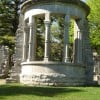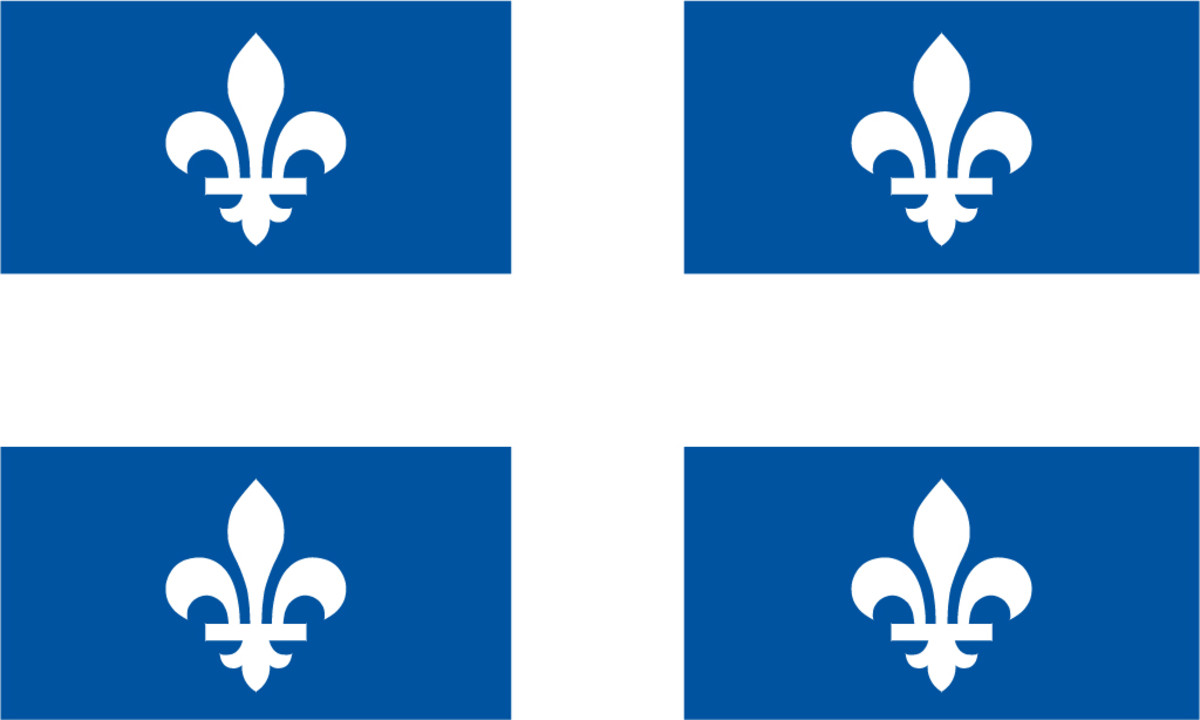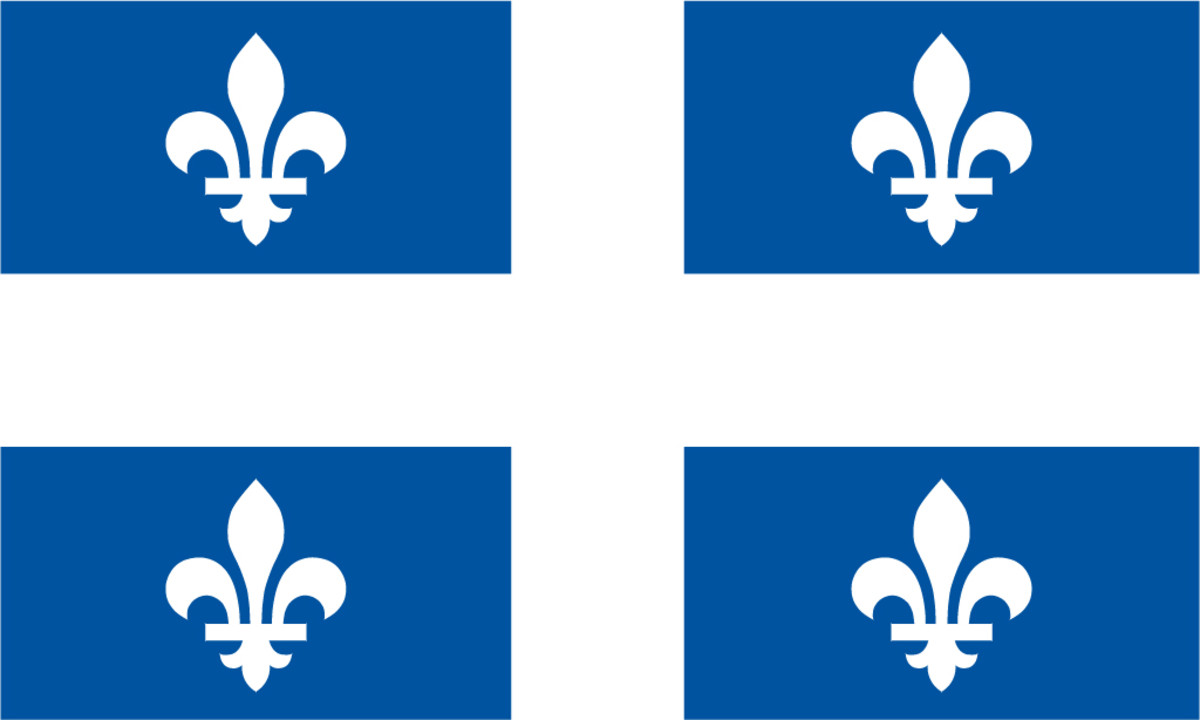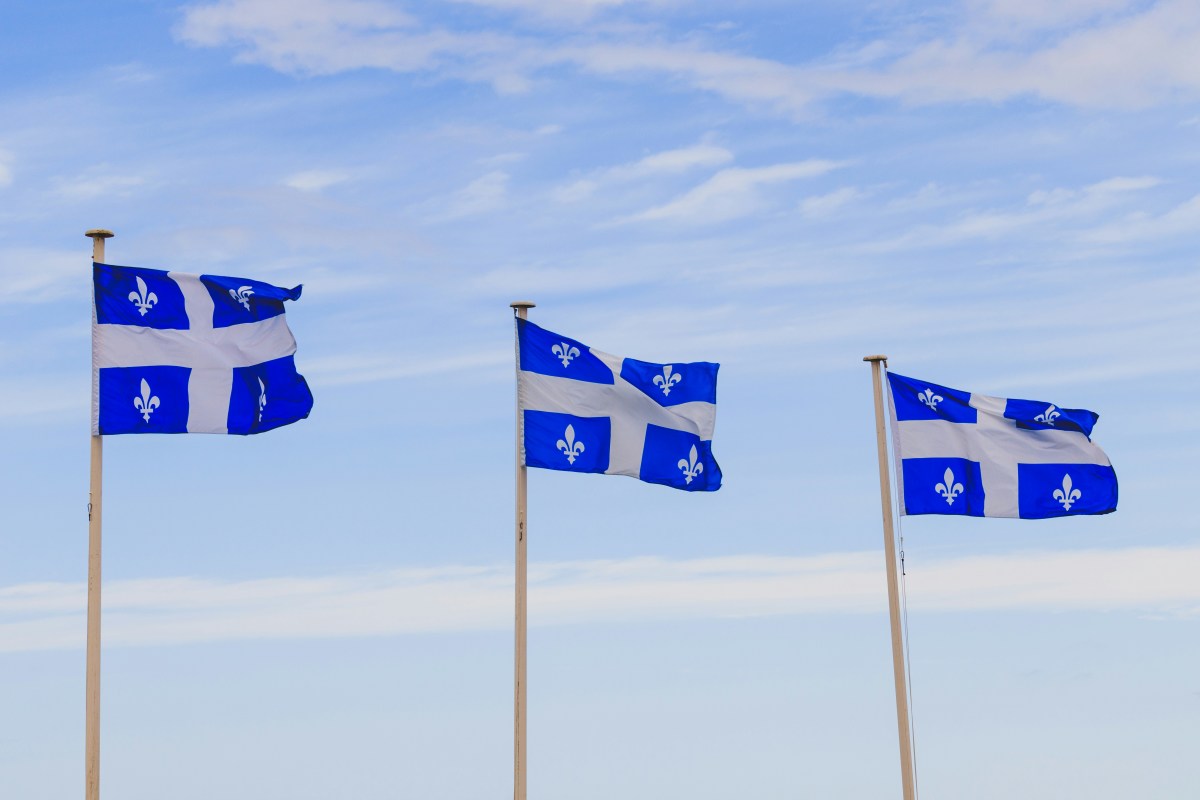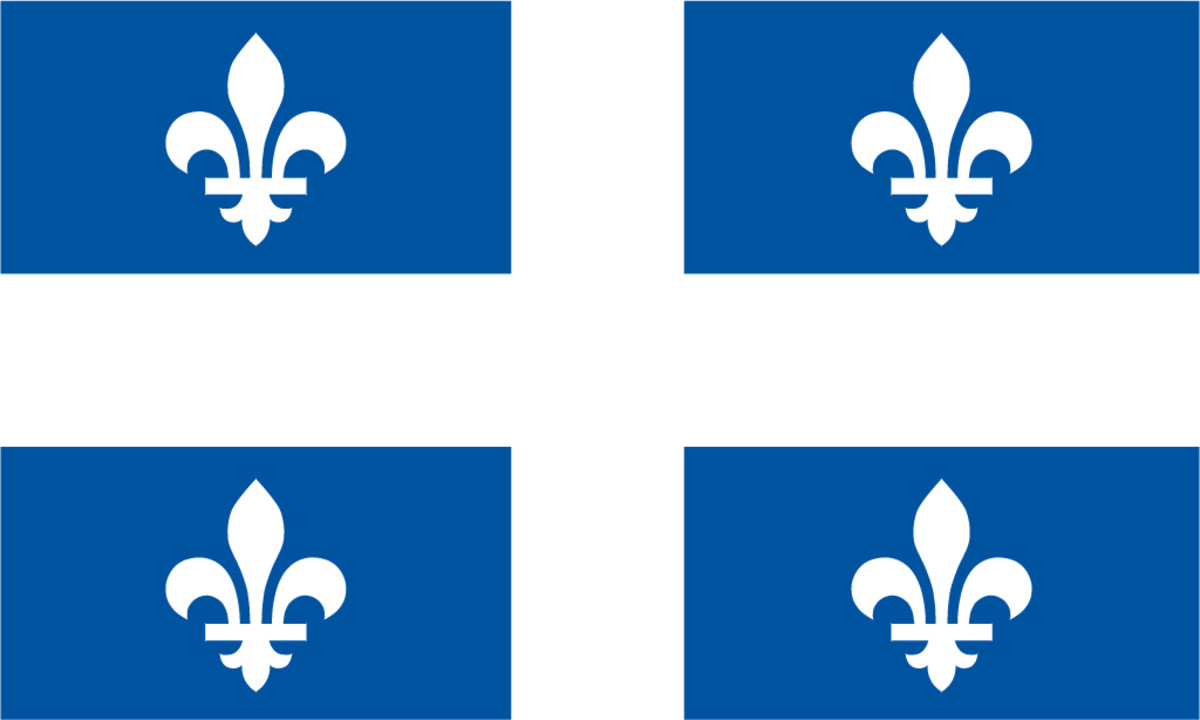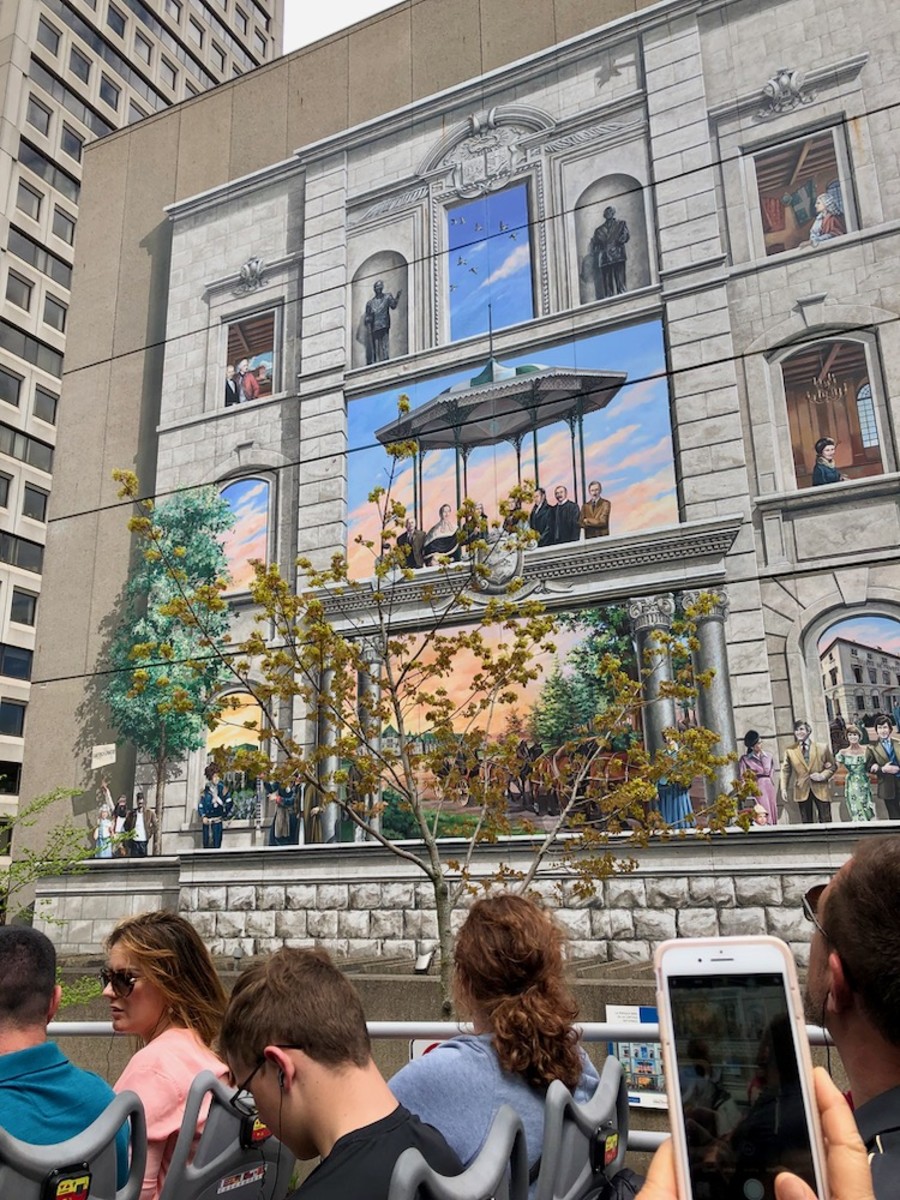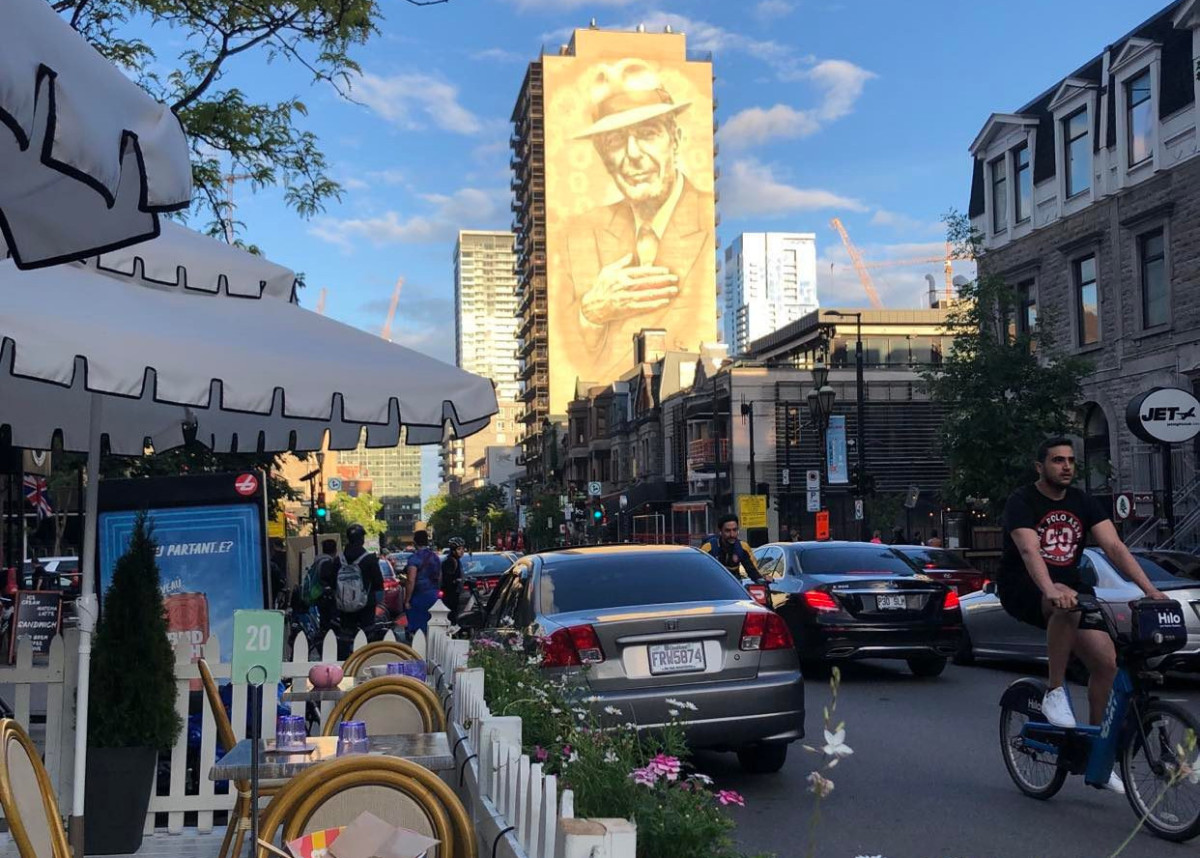Visiting Saint-Lin-Laurentides, Quebec: The Complexities of Commemorating the Birthplace of Prime Minister Laurier
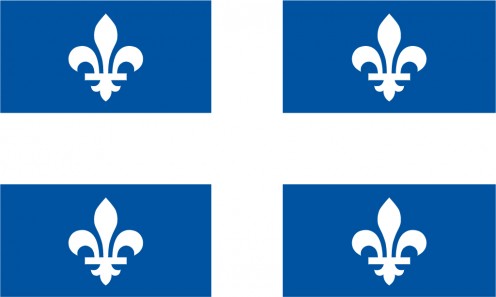
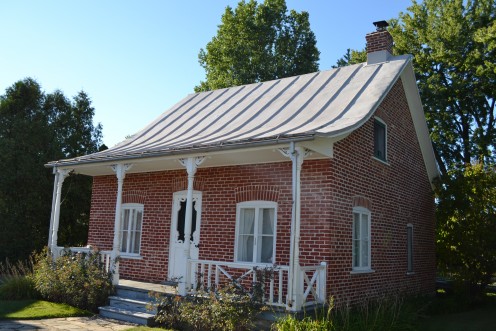
Orthographic and designation complexities, in commemoration of an inscrutable public figure
Saint-Lin-Laurentides, Québec / Quebec, is the birthplace of Sir Wilfrid Laurier (1841-1919), often referred to (in English) among Canadians as the first Francophone Prime Minister.
Bearing in mind that in French the same term to describe Sir Wilfrid's office — 'le Premier ministre' — is also used in French to describe the office of Provincial Premier, one has to be precise and make it clear that Sir Wilfrid Laurier was the first Francophone Prime Minister of the Federal Government, serving in that capacity from 1896 until 1911.
Now an historical museum, a simple, brick dwelling in Saint-Lin-Laurentides (1) is on land which belonged to Sir Wilfrid Laurier's father, Carolus Laurier (c.1815-1886). The house where Sir Wilfrid is commemorated, which dates from 1870, was declared by the Dominion (or Federal) Government to be a National Historic Site of Canada. The French equivalent of this designation is interesting: Lieu historique national du Canada. The word 'national' is used, certainly, but in Quebec this word is also employed to refer to Quebec institutions; for example, in Quebec City the term 'Parlement national' refers to the Quebec Parliament, not to the Federal Parliament, based in Ottawa, Ontario. Thus also, while all Federally recognized Historic sites have signage in both English and French, the term employed in English — National Historic Site of Canada — might almost seem tautological in English (visitors to Canada might ask: Why not either 'National Historic Site' or Historic Site of Canada'?), yet the French equivalent 'Lieu historique national du Canada' is indeed rather precise in order to make it clear that it is the national significance assessment of the Federal Government rather than the Quebec Government which is at the origin of the designation.
Now for an occasion to be pedantic. In French, there is some orthographic question as to whether the proper name for Sir Wilfrid Laurier's birthplace is Saint-Lin-Laurentides (i.e., Saint-Lin hyphen Laurentides) or Saint-Lin—Laurentides (i.e., Saint-Lin dash Laurentides). In French, a very precise language, there is are implied distinctions between Saint-Lin hyphen Laurentides and Saint-Lin dash Laurentides. However, whether an explanation of these distinctions would come across as clearly in English as in French might be open to question. There is also the fact that different official sources in French give both orthographic varieties of the name.
In any case, when Sir Wilfrid Laurier was born, the locality was then known as Saint-Lin-de-Lachenaie.
Then in 1855 the name was changed to Saint-Lin-de-Lachenaye (see slight difference in spelling), when Carolus Laurier became mayor.
Saint-Lin-Laurentides is situated in the Municipalité régionale de comté de Montcalm / Montcalm Regional County Municipality, itself within the Région administrative de Lanaudière / Lanaudière administrative region, Quebec. Sir Wilfrid Laurier's birthplace is at: 945, 12e avenue, Saint-Lin-Laurentides (Québec), J5M 2W4.
And so a word about Sir Wilfrid Laurier himself: by today's standards Sir Wilfrid — and, indeed, Lady Zoé Lafontaine — Laurier was a rather grand individual who proved more adept at holding together the reins of Prime Minsterial office in Canada than did his predecessor Sir Charles Tupper (who lasted only 2 months and 7 days in that office). Sir Wilfrid led the Liberals from 1887 until his death in 1919, and in some ways this very long period of party leadership may be even more significant than his Prime Ministerial office (he was replaced by William Lyon Mackenzie King who served as Liberal leader and several terms as Prime minister of Canada until 1948). Sir Wilfrid faced several emotive issues in the course of his public life, including: schooling in Manitoba (informed by linguistic disputes and huge tension between Roman Catholic people and members the Orange Order); military relations with Great Britain, encompassing the Boer War period, the creation of Canada's Naval Service and the highly vexed question of conscription in Quebec — to which he was firmly opposed — during World War One; control of natural resources in new Canadian provinces such as Alberta and Saskatchewan; trade issues with the United States and related controversies over what was termed Reciprocity, which proved to be Sir Wilfrid's electoral undoing in 1911.
Throughout these various controversies and a very long public life, by any standards, it would be less easy to define exactly what Sir Wilfrid stood for than to acknowledge that he managed successfully to maintain many simultaneous balancing acts arguably made necessary by the cultural differences between Francophone and Anglophone Canadians. It is perhaps this legacy more than any other that his successor William Lyon Mackenzie King significantly inherited, whether to the true admiration or thorough frustration of Canadians, depending on their views.
July 5, 2019
Note
(1) See also: https://www.pc.gc.ca/en/lhn-nhs/qc/wilfridlaurier (in English); https://www.pc.gc.ca/fr/lhn-nhs/qc/wilfridlaurier (in French).
Some sourcing: Wikipedia
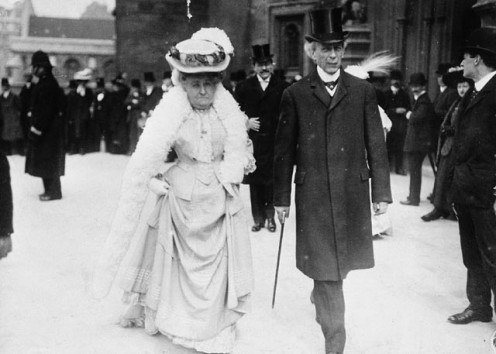
Also worth seeing
In Saint-Lin-Larentides, the Byzantine-styled stone Eglise de Saint-Lin-Laurentides dates from 1887-1890.
The architectural and cultural attractions of Montreal (distance: 49.1 kilometres) are too numerous to mention here, but of special note, among many others, are the domed Bonsecours Market (Marché Bonsecours), dating from 1847, which was a venue used to house the Parliament of United Canada, prior to Confederation. The Notre-Dame Basilica (Basilique Notre-Dame de Montréal) was built mainly between 1824 and 1829; many Montrealers attend annual performances of Handel's 'Messiah' there. Fine views from Mount Royal (Mont Royal) may be obtained at St. Joseph's Oratory (Oratoire Saint-Joseph) and the Belvedere (Belvédère). The Olympic Stadium (Stade Olympique) in the Hochelaga-Maisonneuve district, used for the 1976 Olympics, has the the world's tallest inclined tower, at 175 metres.
...
How to get there: Air Canada flies to Montreal (Aéroport international Pierre-Elliott-Trudeau de Montréal; distance from Saint-Lin-Laurentides: 62.4 kilometres) from Toronto-Pearson, and from New York-Newark and New York-La Guardia, with wide connections. A number of car rental companies offer service at Montreal-Trudeau airport. Please check with the airline or your travel agent for up to date information.
MJFenn is an independent travel writer based in Ontario, Canada.
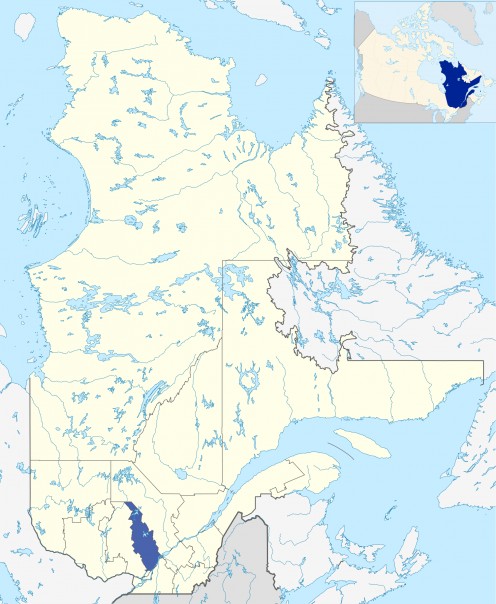
Other of my hubpages may also be of interest
- Visiting Mount Royal: Commanding Views of Montreal, Quebec
From Mount Royal — and particularly from the Belvedere — may be obtained fine vistas of a great North American city on the St. Lawrence River. - Visiting 179, Promenade du Portage, Gatineau, Québec / Quebec: Remembering a Defender of the French
Dr. Louis Duhamel was known as a promoter of the French language; he owned this property at 179, Promenade du Portage, Gatineau, which, in its refurbished form, demonstrates interesting features.
